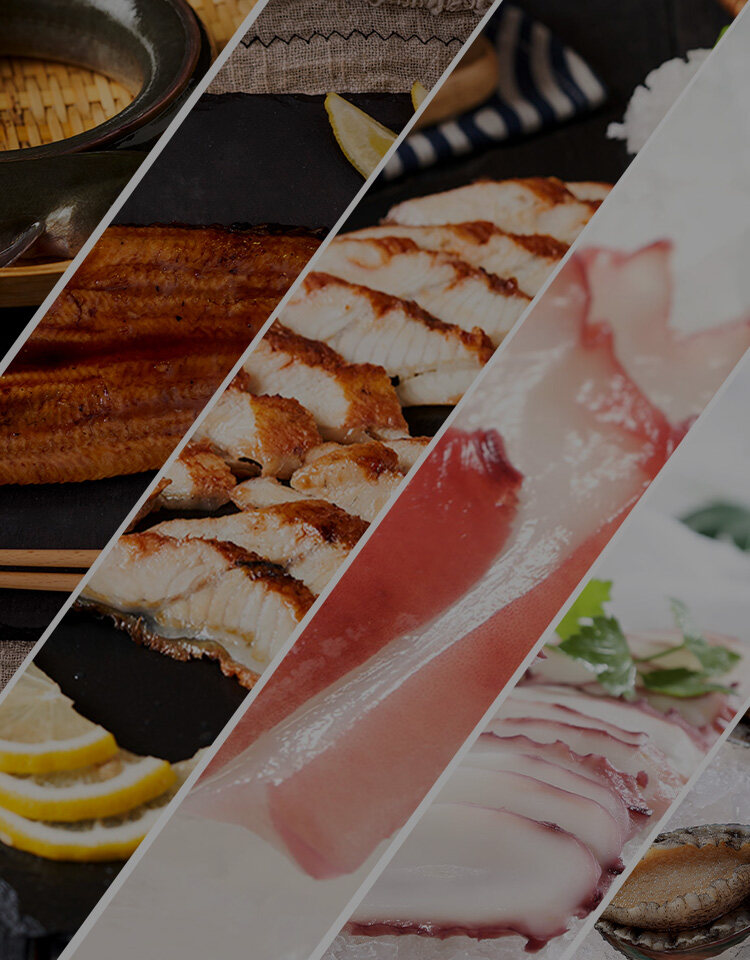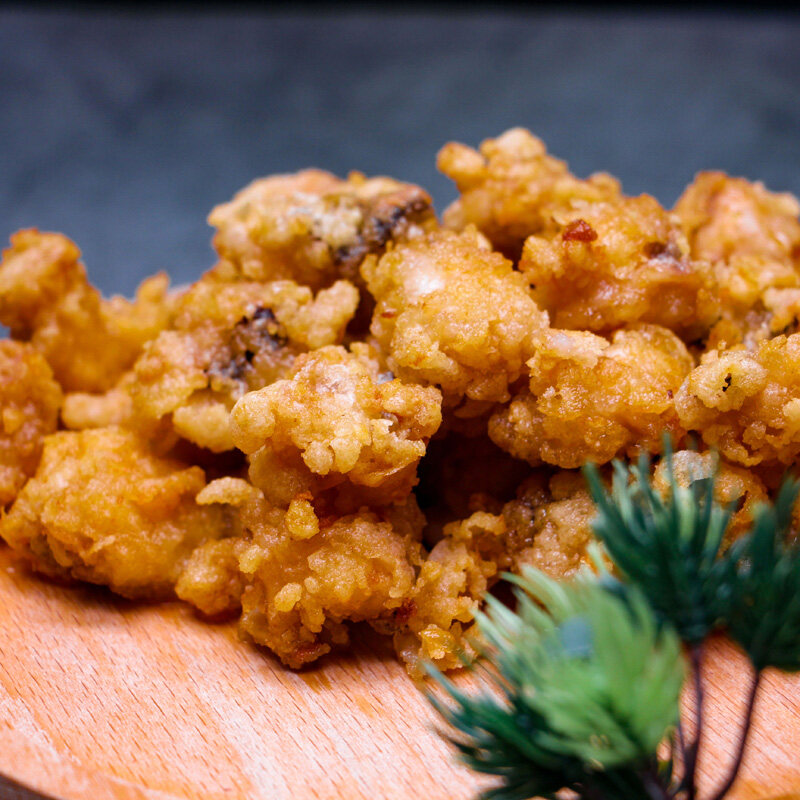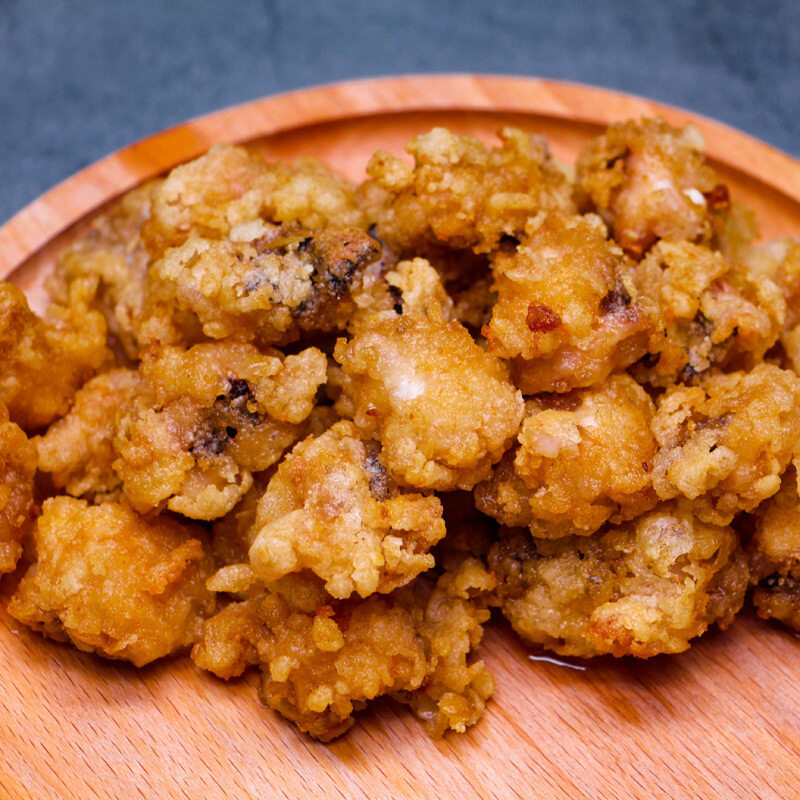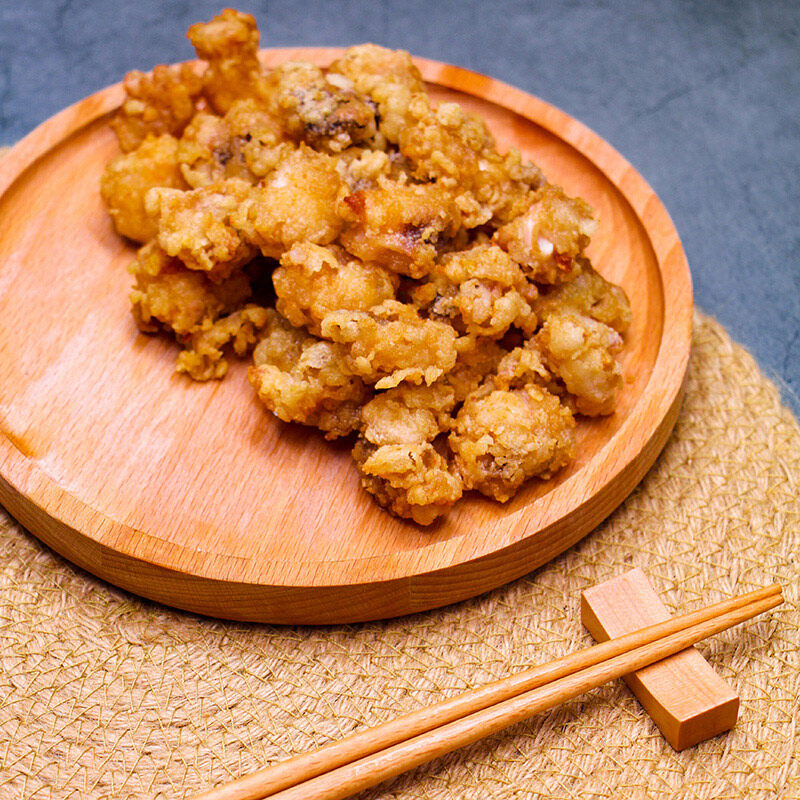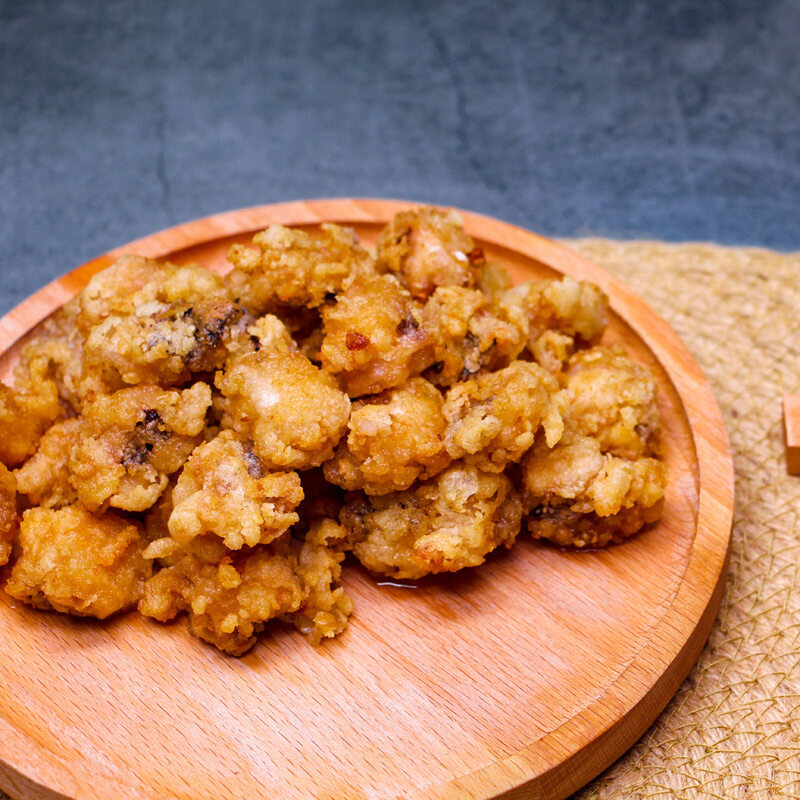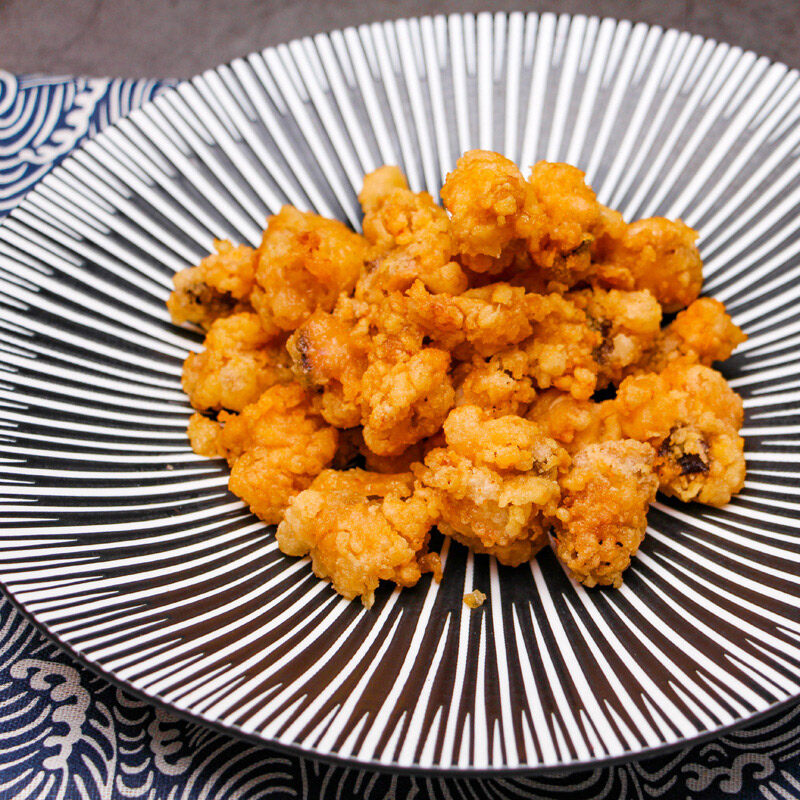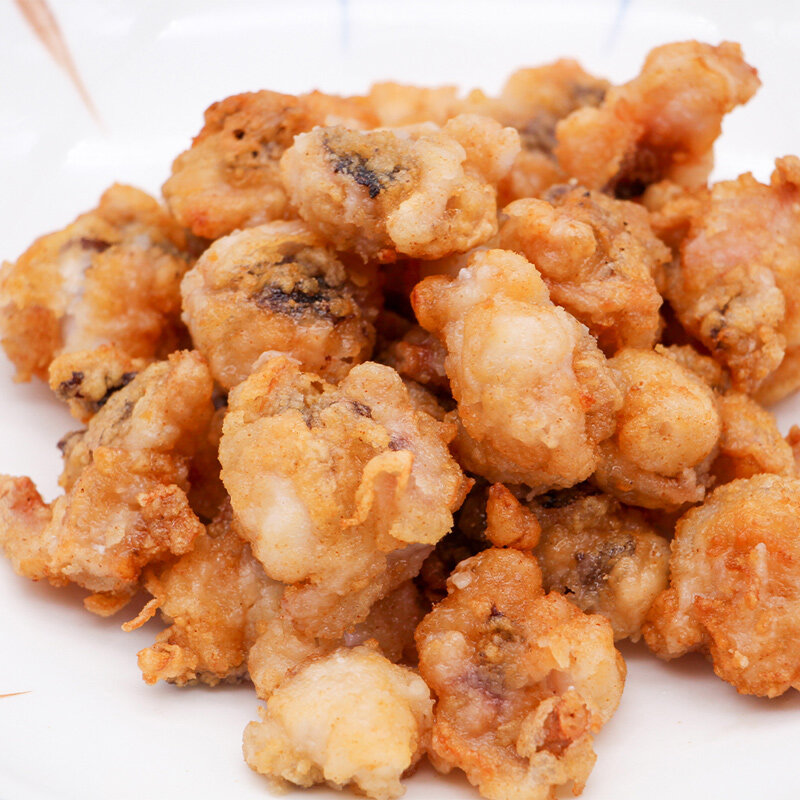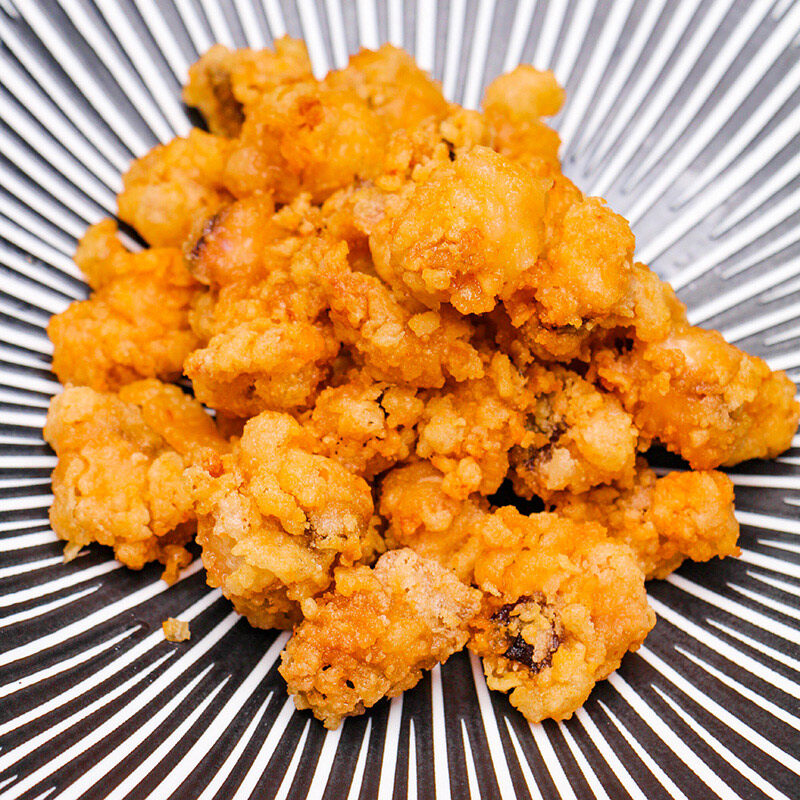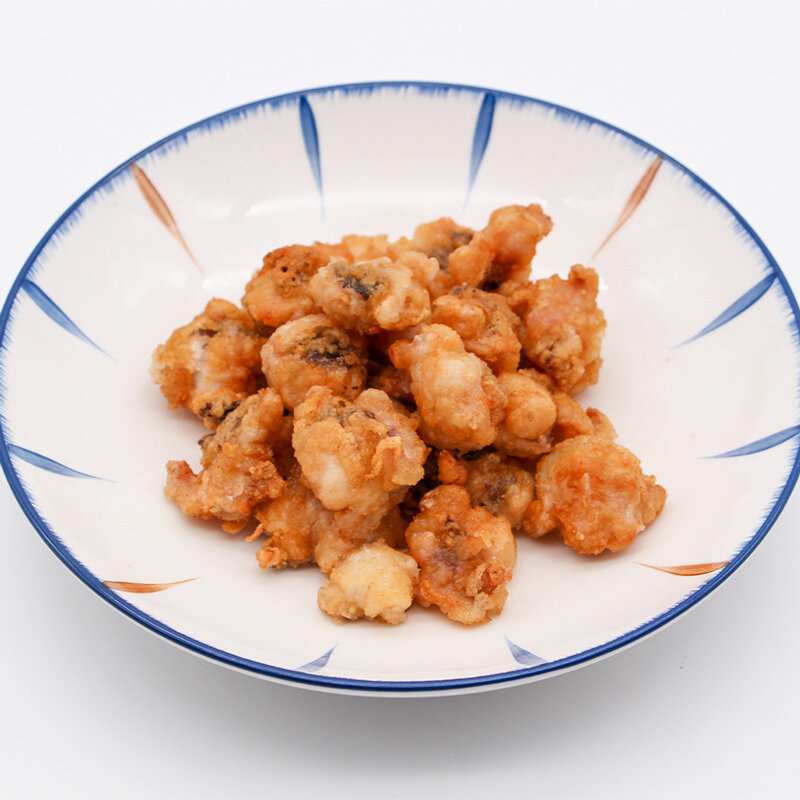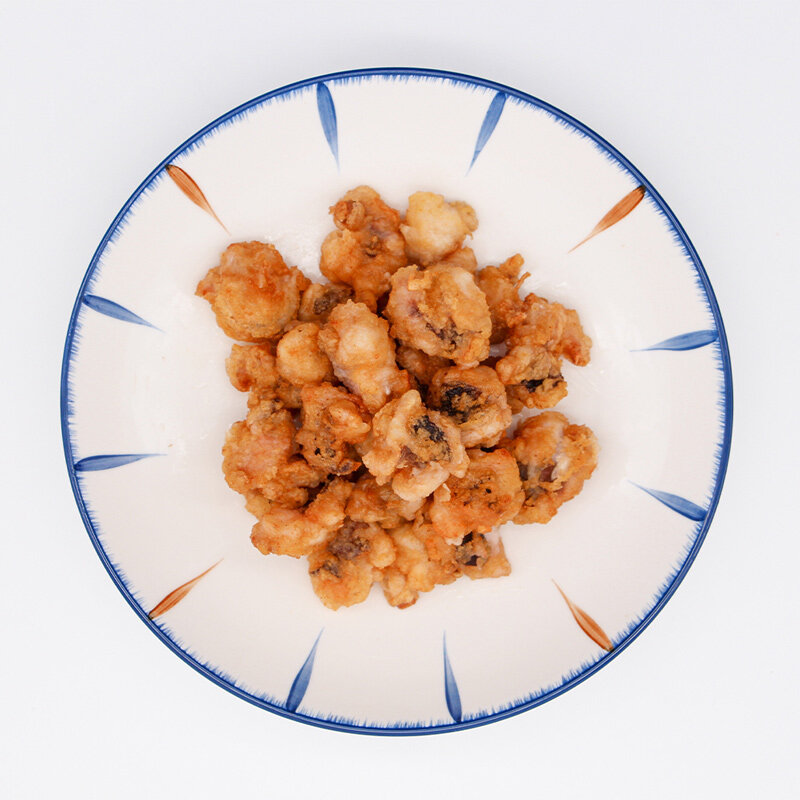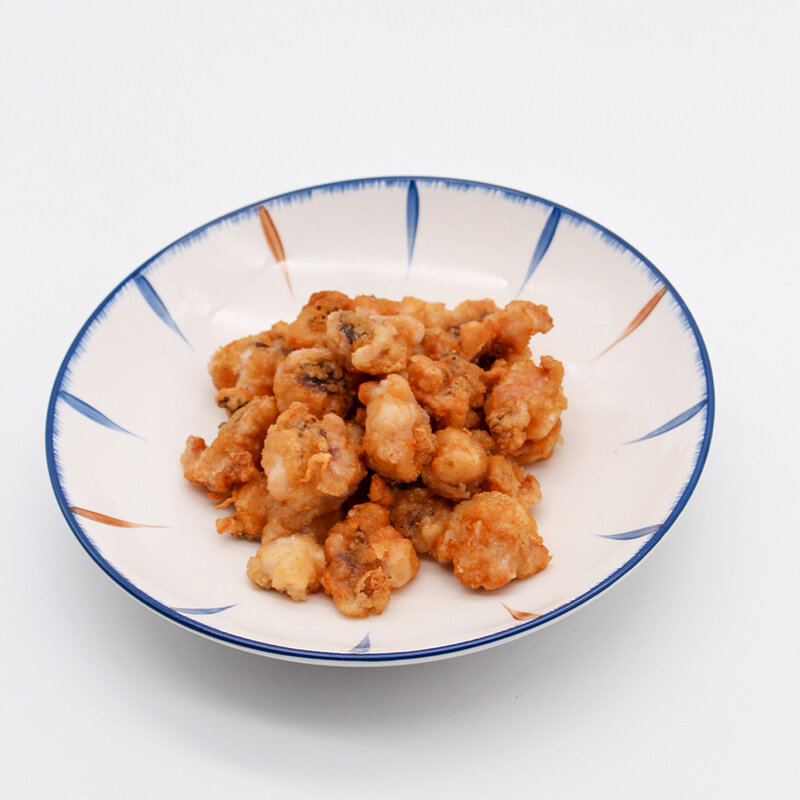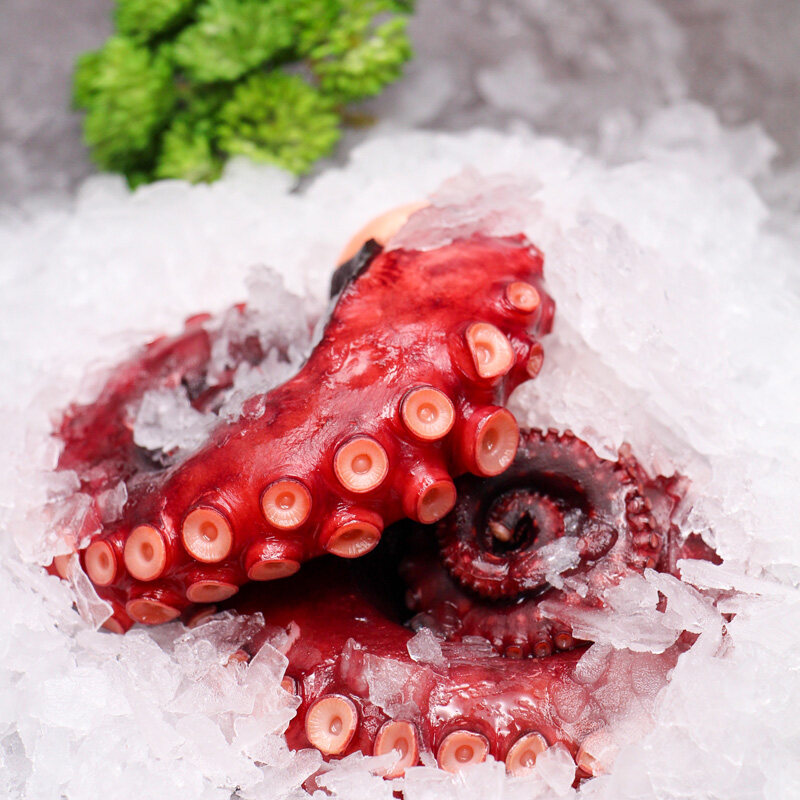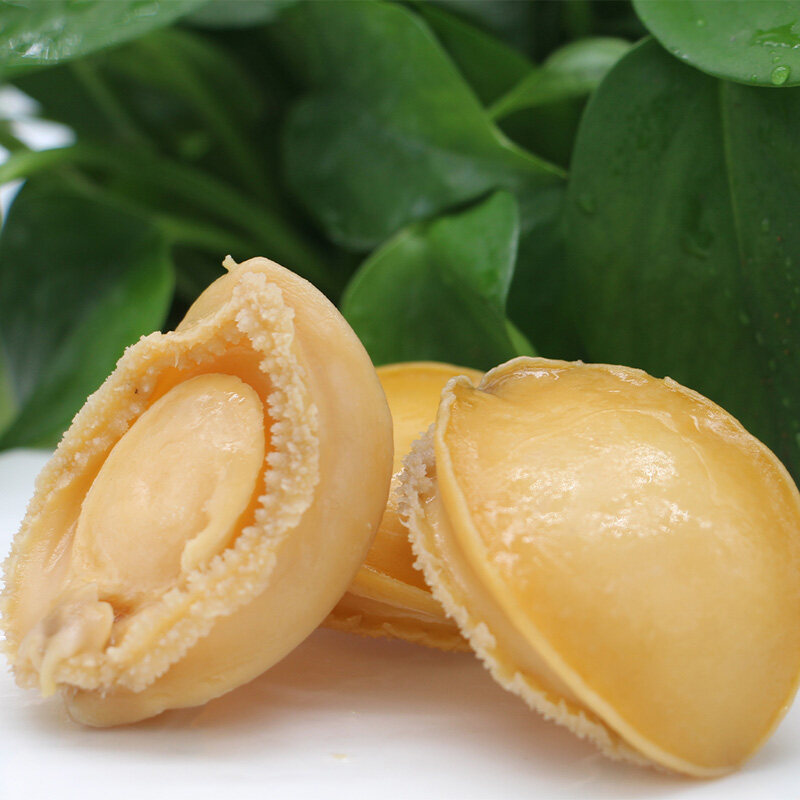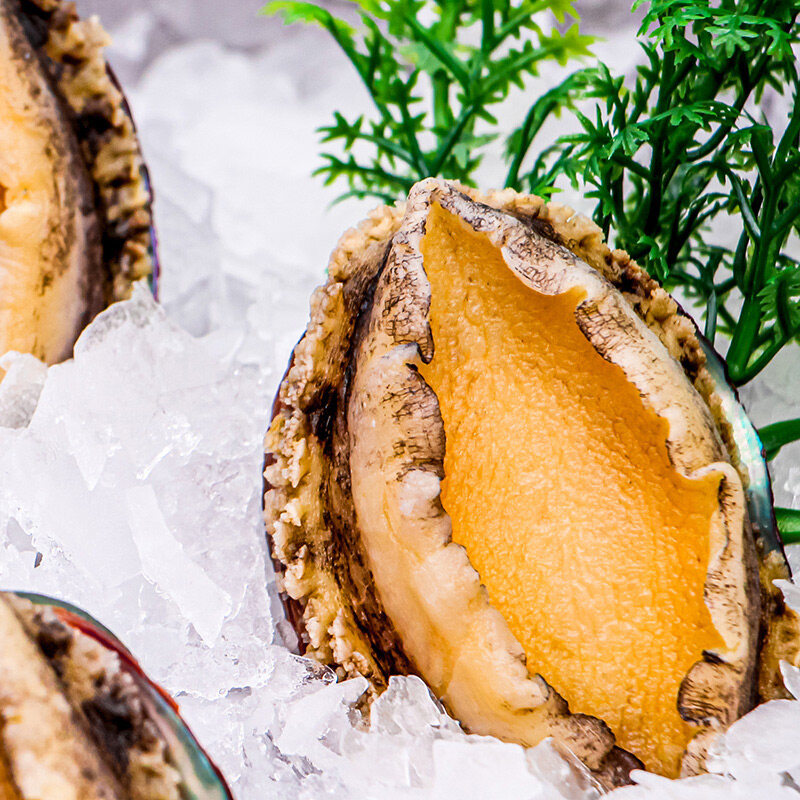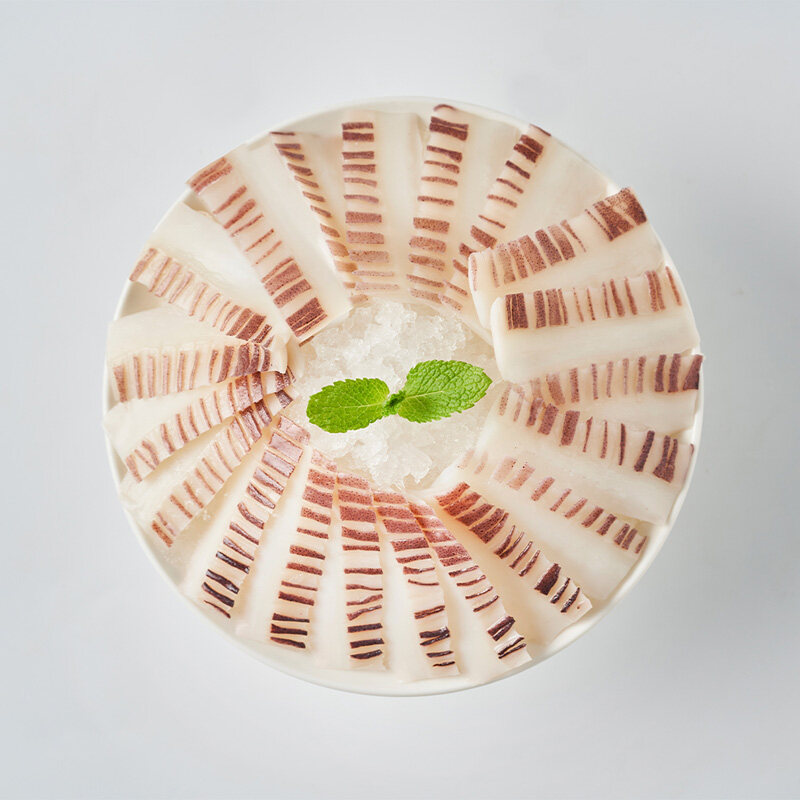Email cannot be empty
Password cannot be empty
Email format error
Email cannot be empty
Email already exists
6-20 characters(letters plus numbers only)
The password is inconsistent
Email format error
Email cannot be empty
Email does not exist
6-20 characters(letters plus numbers only)
The password is inconsistent

Japanese Fried Octopus
This octopus is entire and has been packaged in a tray. Then it is tenderized after being cleaned and dissected. This type of octopus is typically a freeze-on-board octopus, meaning it is frozen as soon as it is caught by the fisherman. It travels from the boat to the processing facility where it is processed, defrosted, and then frozen once more. Compared to a day boat octopus, this product is less expensive and more plentiful.
Name of Product: Japanese Fried Octopus
Main parameters of Japanese Fried Octopus
Product Description
Name of Product: Frozen Octopus
Producing Area: Seafood
Varieties: MATAKO、IWATAKO、SHIMATAKO
Size: 6/8g*1kg*10pc
Customized: The size and packing can be according to customer needs
Style: FROZEN
Freezing Process: IQF
N.W. / Glazing: 100%NW, 95%NW, 90%NW, ETC., as per customers' needs.
Package: bulk pack, 10kgs/CTN
Store Direction: under -18ºC
Shelf Life: 24 Months
Certification: ISO,BRC,HACCP
Origin: China
Loading port: Fuzhou, China
Delivery Time: 30 days according to order quantity
Payment term: 30%TT advance, balance against copy of BL
Documents: Bill of lading, health certificate, packing list, commercial invoice, certificate of origin
MOQ: 1 x 20'FCL ,loading around 9000kgs
Production Capacity: 2,000 tons per year
Production Season: whole year
Food Features of Japanese Fried Octopus
Japanese Fried Octopus, also known as Takoyaki, is a popular street food in Japan. Here are some of its food features:
Crispy on the outside, soft and chewy on the inside: Japanese Fried Octopus is made by cooking a batter of flour, eggs, and dashi (a Japanese soup stock) in a special pan with small round molds. A piece of octopus is then placed in each mold, and the batter is cooked until crispy on the outside and soft and chewy on the inside.
Savory and umami flavor: Japanese Fried Octopus is seasoned with soy sauce, Worcestershire sauce, and other savory ingredients, giving it a rich and satisfying umami flavor.
Bite-sized and easy to eat: Japanese Fried Octopus is served in small, bite-sized balls, making it easy to eat on the go or as a snack.
Versatile and customizable: Japanese Fried Octopus can be customized with a variety of toppings, such as mayonnaise, green onions, bonito flakes, and seaweed powder, allowing for a range of flavor combinations.
Nutritious and low in calories: Japanese Fried Octopus is a relatively low-calorie snack, with each ball containing around 50-70 calories. It is also a good source of protein, thanks to the octopus, and contains other essential nutrients such as iron and calcium.
Nutritional Value of Japanese Fried Octopus Japanese Fried Octopus
Outlines the nutritional value of Japanese Fried Octopus per 100 grams:
|
Nutrient |
Amount per 100g |
|
Calories |
150 kcal |
|
Protein |
7 g |
|
Fat |
7 g |
|
Carbohydrates |
15 g |
|
Fiber |
0 g |
|
Sugar |
2 g |
|
Sodium |
400 mg |
|
Cholesterol |
50 mg |
|
Iron |
1.2 mg |
|
Calcium |
20 mg |
Note: the nutritional value of Japanese Fried Octopus can vary slightly depending on the species and how it's prepared.
The benefits of buy Japanese Fried Octopus in Bulk
1. Cost savings: Buying in bulk allows for a larger quantity of product to be purchased at once, which often results in savings due to economies of scale.
2. Convenience: With a bulk purchase, you'll have a greater supply of octopus on hand, making it easier to prepare and serve at your leisure.
3. Quantity flexibility: Bulk purchases give you the ability to control the amount of octopus used for each dish, allowing you to adjust the quantity based on the number of people you are serving.
4. Product integrity: When you buy in bulk, you can be assured that the octopus you receive is freshly prepared and of high quality since it hasn't been sitting around in a store for an extended period.
5. Availability: If you require a consistent supply of Japanese Fried Octopus, buying in bulk ensures that your product needs are always met, with minimal interruption or downtime.
Purchasing Process
If you are a dealer or wholesaler of Japanese Fried Octopus, please fill in the product quantity and your contact information in the “Contact Us” section. Our minimum order quantity is 1 x 20’FCL, which can load around 9,000 kgs. We will contact you promptly to confirm the order details and payment method. Thank you for your interest in our product.
What kind of frozen octopus can you find?
1. Whole octopus in a tray
This is a whole octopus, packaged in a tray. It is cleaned and eviscerated, then tenderize.
Usually, this kind of octopus is a freeze-on-board octopus, which means it is frozen as soon as it is caught by the fishermen. From the boat, it goes to the processing plant where it is defrosted, processed, and frozen once again. This product is less expensive and more abundant than a day boat octopus.
2. Tenderized flower octopus
Tenderize octopus is processed differently. The octopus is cleaned, eyes off, beak off, tenderize by pounding it, and then frozen. During this process the octopus tentacles fold back, giving them a rounded form that looks like a flower.
3. Raw octopus tentacles
You can also find single tentacles packed in trays. The companies selling raw octopus tentacles cut and grade them by size, then freeze them.
4. Cooked octopus tentacles
You can find frozen octopus tentacles already cooked. After processing, the octopus tentacles are cooked and graded by size, packed individually on a tray, and finally frozen.
This is a very helpful way to buy octopus because you are 100% sure that the octopus is tenderized and you only have to defrost and prepare it to your taste. You can slice it, season it, and eat it as is, or you can grill or saute and add it to your favorite dish preparations.
5. Sliced octopus tentacles
Another option available on the market is cooked and sliced or cut octopus tentacles. They are usually presented in a tray. The tentacles can also be cut from the octopus, cooked, and then sliced. Afterward, the slices are frozen in a tray.


